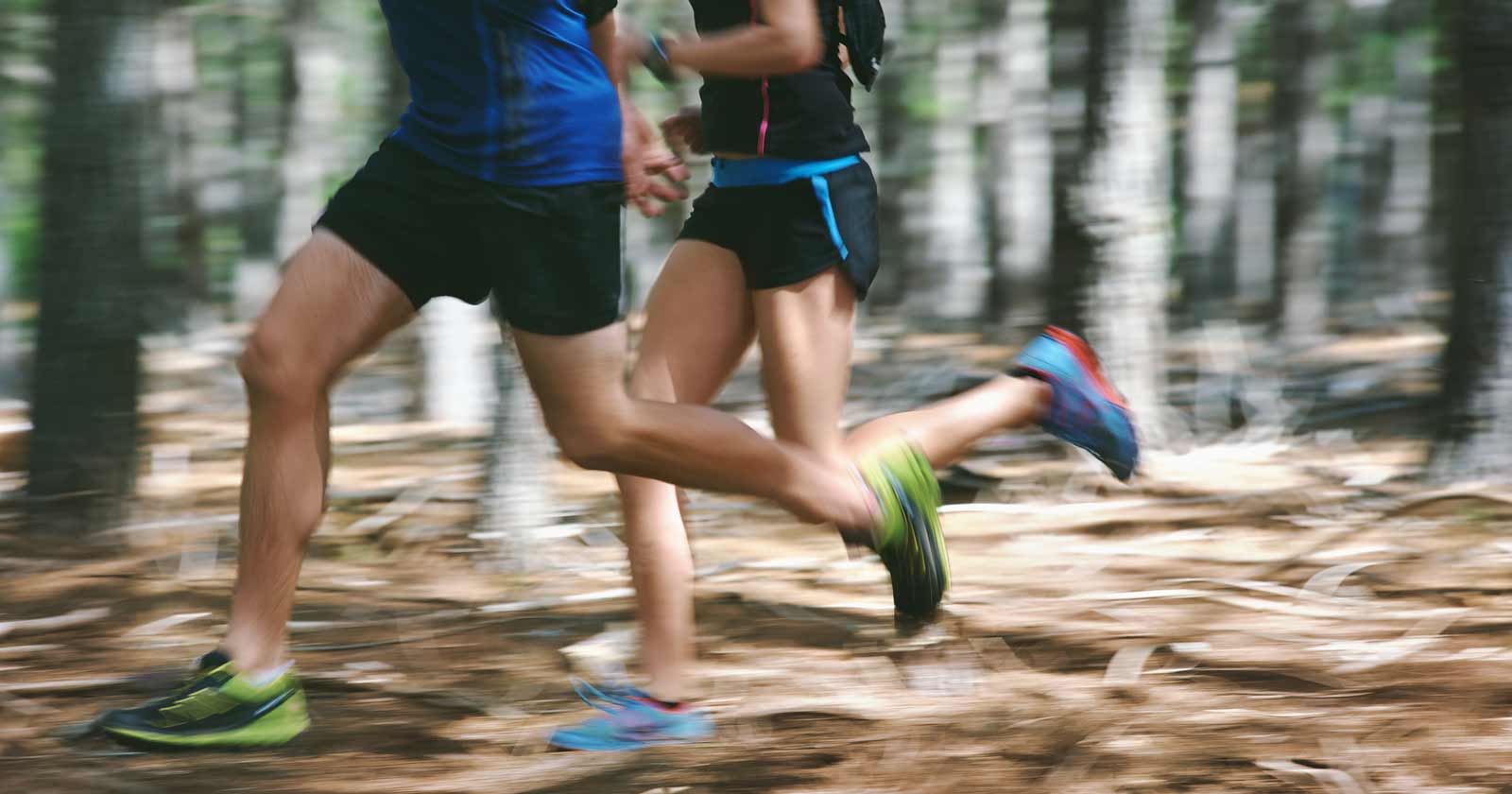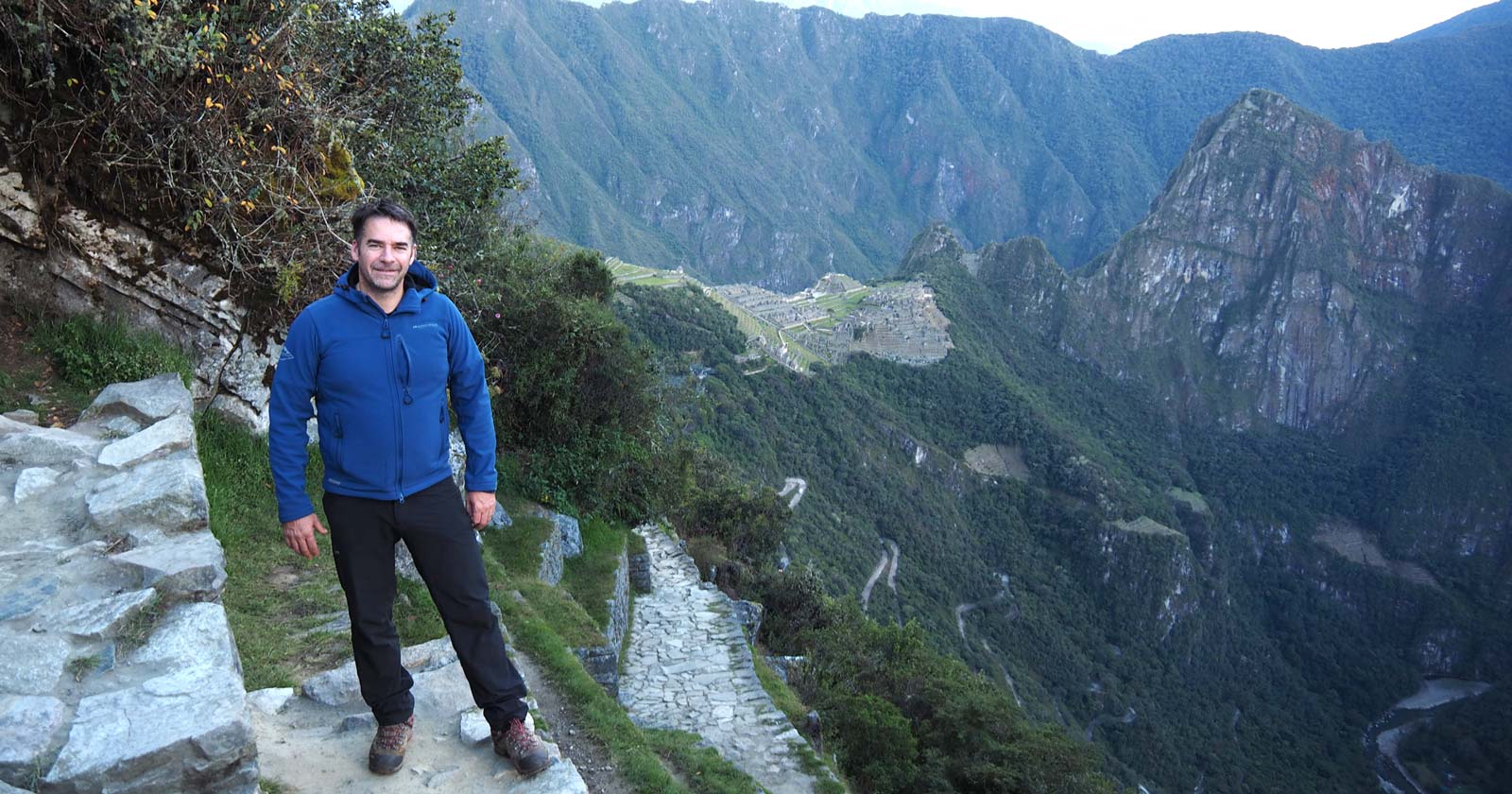In recent years, the hiking community has increasingly emphasised the importance of carrying a Personal Locator Beacon (PLB) for safety. I wholeheartedly support this mindset. A PLB can be a lifesaver in emergencies, providing a critical link to rescue services when all else fails. However, I have growing concerns about the broader implications of this reliance on technology.
The allure of technology
Today, some hikers believe that all they need for a safe journey is a phone app like AllTrails and a PLB. These tools are undoubtedly valuable. Apps provide detailed trail maps, user reviews, and GPS tracking, while a PLB offers a safety net in dire situations. However, recent statistics reveal a worrying trend: a survey published by The Guardian found that just one in three Australians know how to handle getting lost, and a staggering two-thirds avoid trail walks altogether due to safety concerns. Only 38% are confident in basic first aid, and a mere 6% feel prepared for a venomous bite. This lack of preparedness highlights a critical issue: the erosion of self-reliance in the face of technological convenience. This trend is concerning for a nation that prides itself on its love for the great outdoors. For a deeper dive into these statistics and their implications, you can read my blog post here.
The foundation of self-reliance
Self-reliance in the wilderness starts with thorough planning and preparation. Here are some essential aspects that should never be overlooked:
- Navigation Skills: Knowing how to read a topographic map and use a compass is crucial. GPS devices can fail, but traditional navigation skills will always be reliable.
- Gear Essentials: Beyond a PLB and smartphone, hikers should consider the “Ten Essentials” – including appropriate clothing, first aid supplies, a knife, fire starter, and extra food and water.
- Survival Techniques: Basic knowledge of first aid, how to build a shelter, and how to start a fire can be lifesaving in an emergency.
Technology as a supplement, not a substitute
While technology can enhance safety, it should not replace fundamental skills and preparation. Here’s why:
- False Sense of Security: Relying solely on technology can lead to complacency. Batteries die, signals fail, and devices break. In such cases, knowledge and preparation become your primary tools.
- Empowerment Through Knowledge: Understanding your environment and being prepared for unexpected situations builds confidence and ensures you can handle emergencies without immediate external help.
- Connection to Nature: Being prepared and self-reliant allows for a deeper connection with nature. It enhances the hiking experience, fostering a sense of accomplishment and respect for the wilderness.
Practical tips for hikers
-
- Plan Thoroughly: Research your trail, understand the terrain, and check weather conditions. Inform someone about your plans and expected return.
- Train and Practice: Regularly practice navigation with a map and compass. Take courses in first aid and survival skills.
- Pack Wisely: Ensure your gear list considers the Ten Essentials. Test your equipment before you set out and understand how to use everything you carry.
- Stay Informed: Join local bushwalking clubs and hiking groups and participate in forums to learn from experienced hikers. Share your knowledge and experiences to help others prepare effectively.
Convenience vs. complacency: Why planning trumps technology
Many factors can lead to needing assistance on the trail. While some situations are unavoidable accidents, preventable issues such as inadequate preparation and overreliance on technology are the most common. These factors can turn a pleasant bushwalk into a stressful ordeal, often necessitating Search and Rescue (SAR) intervention.
I’ve encountered numerous hikers who admit they don’t spend much time planning their hikes. They feel confident that with a phone app, a two-way communicator, and a PLB, they don’t need to. This mindset is worrisome. While these tools provide layers of safety, they should never replace thorough planning and preparation. Technology offers convenience, but it can also breed complacency. We’ve possibly all had a mate tell you they’re heading off on a hike with nothing but a downloaded trail map on their phone and a fancy new PLB strapped to their backpack. While the convenience of technology is undeniable, this approach to wilderness exploration can be dangerous. Here’s why relying solely on technology fosters complacency and why self-reliance is the cornerstone of safe hiking.
- The Allure of Convenience: Technology offers a seductive illusion of safety. Download a trail app, and it seems you have everything you need – detailed maps, GPS tracking, and sometimes even emergency SOS buttons. Similarly, a PLB promises a direct line to search and rescue in case of trouble. This convenience can lull hikers into a false sense of security, downplaying the importance of fundamental planning and preparation.
- The Pitfalls of Overconfidence: The problem with overreliance on technology is its inherent vulnerability. Batteries die, signals fade, apps malfunction, and devices can break. What happens then? If you haven’t equipped yourself with traditional navigation skills and packed essential gear, a minor setback can quickly turn into a major ordeal.
Real-Life Scenarios: When technology fails
Imagine yourself in one of these situations:
- Lost Signal: You’re deep in a secluded gorge or valley, captivated by the scenery. Suddenly, your phone buzzes – low battery. Moments later, the screen goes dark. Without a map and compass, and with no signal for your fancy app, you’re unsure of which way to go. Panic starts to set in.
- Dead Battery: After a long day on the trail, you reach a breathtaking viewpoint. You pull out your phone to capture the moment, but it’s dead. Not only are you out of battery power, but your two-way communicator also relies on the same source. Now, miles from the trailhead with no way to call for help, you start to understand the limitations of technology.
- Equipment Failure: You take a tumble on the trail, landing hard on your backpack. Later, as you check your gear, you discover a crack in your PLB – your primary safety net is now compromised. Disappointment gives way to a surge of worry. Without proper planning and self-reliance skills, this unexpected turn of events could have serious consequences.
These scenarios highlight a critical truth – technology can fail, but self-reliance empowers you to handle the unexpected.
The importance of self-reliance
By prioritising self-reliance through thorough planning, navigation skills, and essential gear, you transform yourself from a passive observer to an active participant in your own safety. Here’s how:
- Empowerment Through Knowledge: Understanding navigation, basic first aid, and survival techniques equips you to make informed decisions and take care of yourself in an emergency.
- Confidence Through Preparation: Knowing you’ve planned meticulously and packed appropriately fosters a sense of confidence that allows you to relax and enjoy the hike, prepared for any situation.
- Respect for the Wilderness: Self-reliance fosters a deeper respect for the power and potential dangers of nature. It encourages responsible exploration and a commitment to leaving no trace.
While technology has its place in modern hiking and bushwalking, it should enhance—not replace—self-reliance and thorough preparation. Embracing traditional skills alongside technological tools will ensure a safer and more enriching hiking experience. Remember, a PLB is a last-resort tool. Your best defense is your knowledge, preparation, and respect for the wilderness.
Technology as a tool, not a savior
Technology can be a valuable companion on the trail, but it should never replace the foundation of self-reliance. Think of your phone app as a compass supplement, your PLB as a last resort, and your knowledge and preparation as your true lifesavers. Embrace technology, but prioritise self-reliance, and you’ll be well on your way to a safe and enriching hiking experience.
















